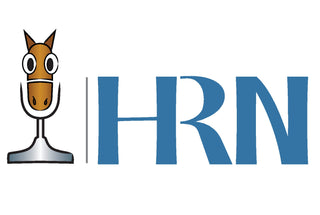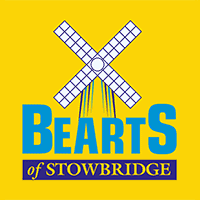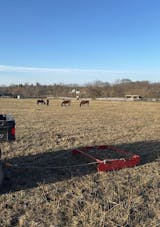Ground poles might seem like the simplest piece of equipment in your schooling routine, but they pack a powerful punch.
From encouraging muscle development to improving coordination, these low-cost training tools can transform your horse’s strength and way of going.
Riders in the UK, whether they hack, school, or compete, often look for ways to keep their horses fit without endless circles in the arena. Ground poles are the perfect answer.
Why Ground Poles Matter
Strength in horses isn’t just about having a bigger topline or more stamina. It’s about balance, joint health, and developing the muscles that allow the horse to carry a rider effectively.
Ground poles encourage your horse to think about where they place their feet, lift through their back, and engage muscles that might otherwise go underused.
Best of all, poles are adaptable. You can set them at walk, trot, or canter, indoors or out, to suit your horse’s level and needs.
Building Topline and Core Strength
One of the biggest benefits of pole work is its effect on the topline. As your horse steps over poles, they naturally lift their back and round through the body. This subtle rounding engages the core muscles, which are essential for carrying a rider comfortably and safely.
Over time, consistent pole work can improve posture, help develop a more elastic stride, and make transitions feel smoother.
For young horses or those coming back into work, poles are a gentle but effective way to build strength without overloading joints.
Improving Coordination and Balance
Every time your horse steps over a pole, they must carefully judge where to put their feet. This helps sharpen proprioception, or body awareness.
Improved coordination means fewer stumbles on the trail and more confidence over uneven ground. For competition horses, especially eventers and show jumpers in the UK, better balance and stride control translate directly into performance.
For everyday hacks, it simply means a safer, more confident partner.
Encouraging Engagement from Behind
Strong horses don’t just pull from the front, they push from behind. Pole work encourages hind leg engagement because the horse has to step up and under with each stride.
When poles are set at the right distance, the hindquarters activate more fully, which helps build muscle in the glutes and hamstrings.
This engagement is the foundation for collection, impulsion, and overall athleticism. Even leisure riders notice a difference as their horse feels more powerful and responsive.
Supporting Joint Flexibility and Range of Motion
Think of poles as gentle gymnastics for your horse. Each step requires the joints in the legs to flex more than they do on flat ground. This keeps the joints supple and promotes a healthy range of motion.
For older horses, poles can provide low-impact exercise that maintains mobility. For younger horses, they teach coordination and develop flexibility early on.
In both cases, poles add variety to the routine, which helps keep horses mentally fresh.
Adding Mental Stimulation and Focus
Building strength isn’t only physical. A horse that is engaged mentally tends to work more effectively. Ground poles break up the monotony of schooling and give horses something new to think about.
They encourage concentration, particularly when poles are raised or arranged in patterns. A distracted horse quickly learns that careful footwork is needed, which translates into better focus in other aspects of training.
Riders often deal with spooky or sharp horses, especially on windy days, and pole work can redirect that energy productively.
Tips for Getting Started with Ground Poles
If you’re new to pole work, start simple. Place three to four poles at walk or trot distance, making sure they’re evenly spaced.
Gradually increase difficulty by adding more poles, raising one end, or arranging them in curves.
Always warm your horse up properly before starting, and remember that less is often more. Ten minutes of focused pole work can be more beneficial than an hour of aimless schooling.
Consistency is key. Introducing pole work two to three times a week can deliver noticeable improvements in a matter of weeks.
Just like with human fitness, results come from steady effort rather than one intense session.
Conclusion
Ground poles might not look flashy, but they are one of the most effective tools for building strength, balance, and engagement in horses.
They support topline development, encourage coordination, and even boost mental focus. For riders in the UK, where weather and arena time can sometimes limit training options, poles offer a flexible and affordable solution.
Whether your horse is young, seasoned, or somewhere in between, adding pole work to your routine is a simple step with powerful results.




























